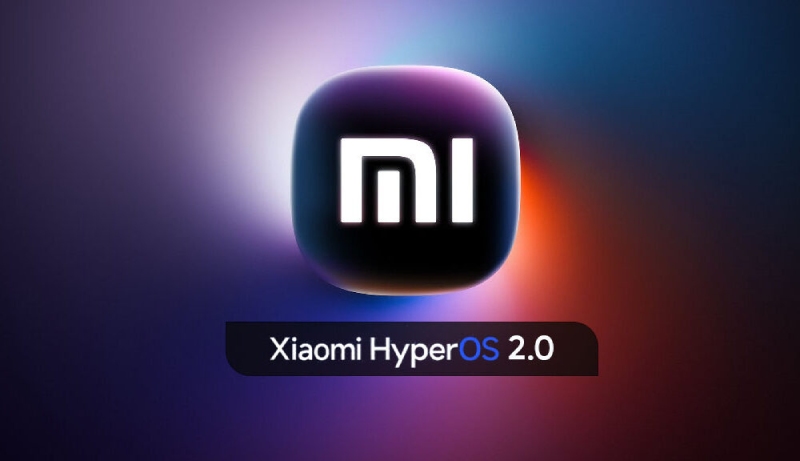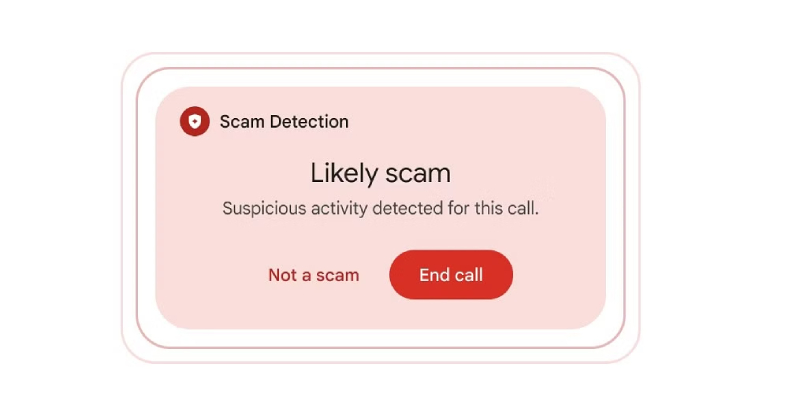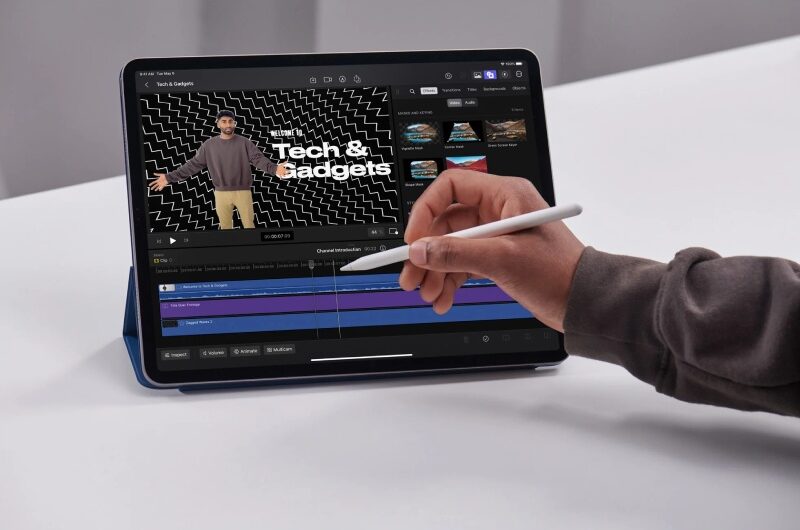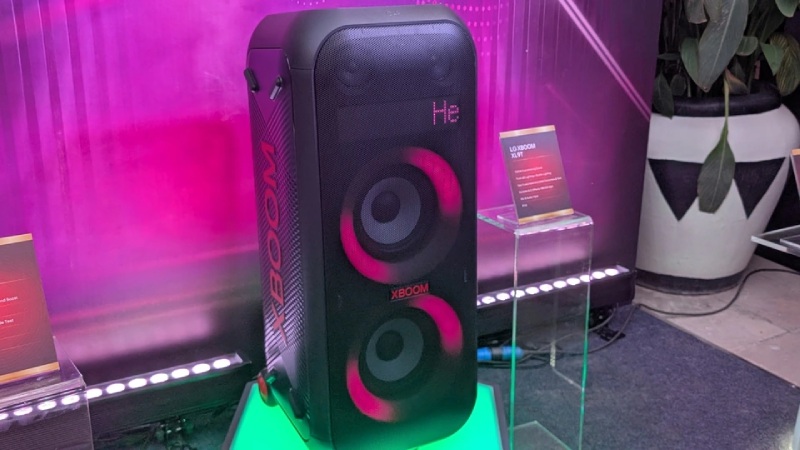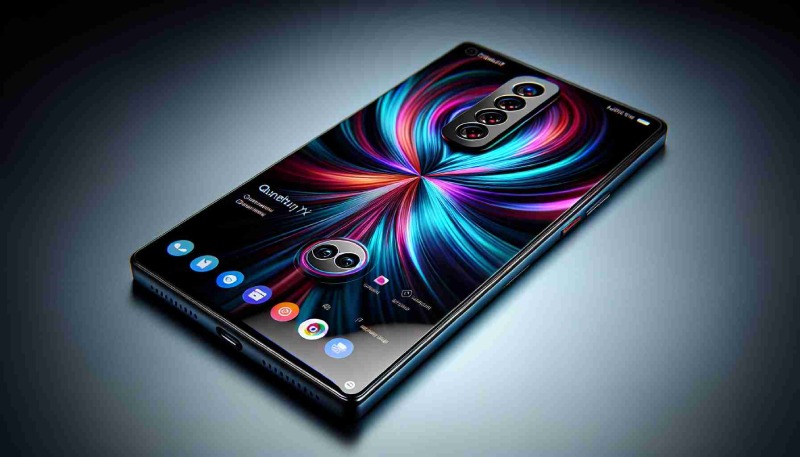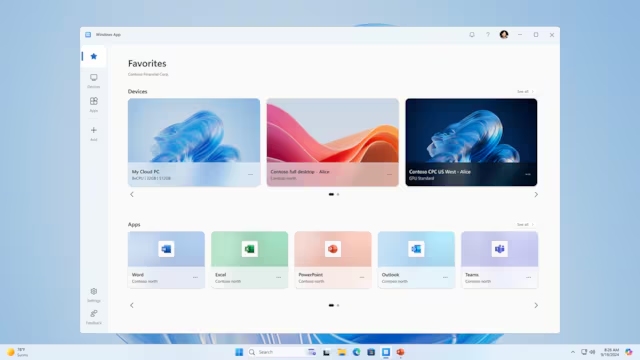YouTube has announced a series of updates aimed at helping viewers recognize AI-generated content, addressing concerns about misinformation. The new guidelines will mandate that creators disclose when their videos are created or modified using AI. Additionally, the platform will allow users to request the removal of specific AI-generated content through a privacy request process. Here’s what you need to know.
This transparency is particularly important for content related to sensitive topics such as elections, ongoing conflicts, public health crises, and public figures. These changes will be rolled out over the coming months, requiring creators to clearly label AI-generated content.
In some instances, labeling alone might not suffice. YouTube has declared that certain synthetic media will be taken down from the platform if it breaches Community Guidelines, irrespective of labeling. This strict approach underscores YouTube’s commitment to maintaining content integrity and protecting viewers from potential harm.
Furthermore, YouTube will enable users to request the removal of specific AI-generated or altered content through a privacy request process. These requests will undergo assessment based on criteria such as whether the content constitutes parody or satire, the ability to identify the requester uniquely, and whether it involves public officials or notable personalities, which will be scrutinized more rigorously. Creators who do not meet the updated disclosure requirements may face penalties, including the removal of content, suspension from the YouTube Partner Program, or other forms of disciplinary measures.
When a privacy complaint is lodged, YouTube may allow the uploader to adjust or delete private information from their video. The uploader will be informed about the potential privacy breach and, at YouTube’s discretion, given a 48-hour window to address the complaint. During this period, creators can utilize YouTube Studio’s Trim or Blur tools. Opting to delete the video will result in the closure of the complaint. If the potential privacy violation remains, the YouTube Team will then review the complaint,” the company stated.
Topics #AI #Artificial intelligence #Google #Larry Page #news #ott #Video Platform #YouTube


